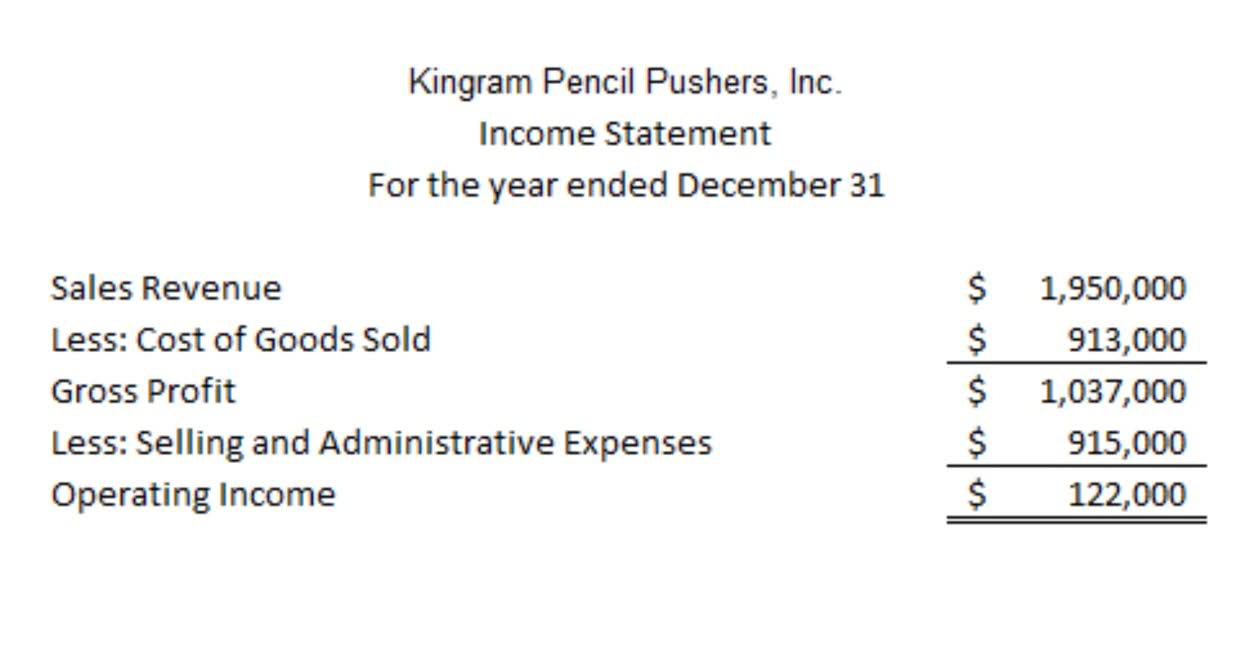
The equity multiplier is also used to indicate the level of debt financing that a firm has used to acquire assets and maintain operations. The formula for calculating the equity multiplier consists of dividing a company’s total asset balance by its total equity multiplier shareholders’ equity. The equity multiplier offers insight into a company’s financial structure, but its interpretation depends on context. While this can boost returns on equity during profitable periods, it also raises financial risk.

Understanding the Relationship between the Equity Multiplier and Return on Equity
The company’s equity multiplier was therefore 2.8x, which can be compared with its equity multiplier for the year 2016, which was 2.34x. Verizon Communications Inc. (VZ) operates with a very different business model that includes more financial leverage. The company’s total assets were $257 billion as of end of fiscal year 2017, with $43 billion of shareholder equity. In conclusion, the equity multiplier is a powerful financial ratio that allows investors and analysts to assess a company’s performance and financial health. By understanding how the equity multiplier works and its impact on return on equity (ROE), stakeholders can make informed decisions about investing in or partnering with a particular company. In conclusion, comparing equity multipliers across industries and companies provides valuable insights into their leverage strategies and risk profiles.

What is the formula for calculating Equity Multiplier?
This is because a smaller portion of XYZ Company’s financing comes from debt, which must be repaid with interest. It’s evident that ABC Company is the least appealing of the two companies. Equity multiplier can also compare the financial leverage of different companies. Businesses with a higher equity multiplier generally are more leveraged. High equity multiplier is a high risk indicator since the company is more reliant on debt financing.
Return on Equity (ROE) vs. Return on Assets (ROA)
- Equity multiplier equation gives the stakeholders an idea about how the company has funded its assets.
- By analyzing the equity multiplier, investors and analysts can gain insights into a company’s capital structure, risk profile, and profitability.
- Get instant access to video lessons taught by experienced investment bankers.
- The equity multiplier is calculated by dividing total assets by total equity.
- Since the equity multiplier is in the denominator of the ROE formula, any increase in the equity multiplier would result in a decrease in ROE, assuming net income remains constant.
The Equity Multiplier is a financial metric used to assess a company’s financial leverage by measuring the proportion of a company’s assets financed by its shareholders’ equity. This ratio helps investors and analysts understand assets = liabilities + equity how effectively a company is using its equity to finance its assets. A higher equity multiplier indicates greater financial leverage, meaning the company is relying more on debt to finance its assets, which can amplify both potential returns and risks.


All other factors being equal, higher financial leverage, that is a higher equity multiple drives ROE upward. ABC Company is more leveraged than XYZ Company, and therefore has a higher level of risk. This is because a greater portion of ABC Company’s financing comes from debt, which must be repaid with interest. If ABC https://www.bookstime.com/bookkeeping-services Company is unable to generate enough revenue to cover its interest payments, it may default on its debt obligations. Both creditors and investors use this ratio to measure how leveraged a company is.
- Another interpretation could be that an equity multiplier of 2 means that half of the company’s assets are financed with debt while the other half is financed with shareholders’ equity.
- Remember to conduct thorough research and analysis before drawing any conclusions solely based on equity multiplier comparisons.
- Automobile manufacturers are known to have a stable equity multiplier with an average of around 6x.
- A higher total equity will result in a lower equity multiplier, as it reduces the proportion of assets financed by creditors.
- Verizon Communications Inc. (VZ) operates with a very different business model that includes more financial leverage.
- However, it is essential to note that higher leverage also increases the risk and financial vulnerability of a company.
